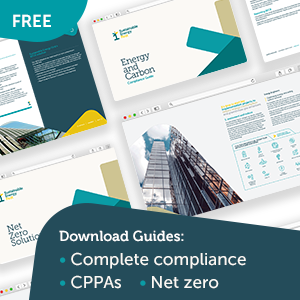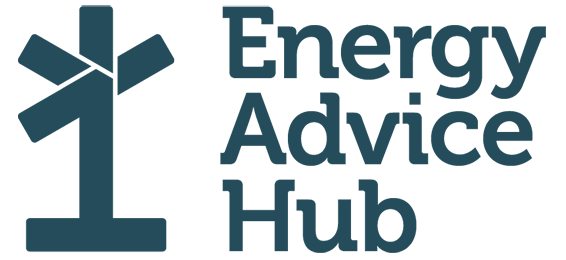Thought leadership piece by Michael Abbott, CEO at BiU
This week we’ve a thought leadership piece from Chief Executive, Michael Abbott. Not every idea has to be a new idea, sometimes rethinking past ideas or technology can prove fruitful, and in this case, Michael looks at how the ‘time of use tariffs’ are sure to make a comeback.
If you’re new to the industry you may not know that the energy consultancy industry has its origins in ‘tariff analysis’. When I started out in the late ‘80s, I started as a trainee energy cost analyst, sifting through billing information to analyse the best tariff to suit a client’s usage pattern to save them money on their energy bills. This was way before traded energy markets and competition in supply via switching.
Almost everyone uses 5% of their electricity overnight, even if the site is closed. Industrial users with continuous operations consume 29% of their usage overnight. Economy 7 (est 1987), or night meters as they were commonly known, was a huge opportunity for clients to switch tariff and save money.
More complex STOD (Seasonal Time of Day) tariffs with multiple different rates, for example, winter week days vs summer days, evening and weekend rates and typically a very expensive winter peak rate for usage between 16:00 and 19:00 were commonplace in the 1980s. The savings opportunities for clients were significant, but only if the client’s pattern of usage was suitable.
Before SMART meters and half-hourly data, we had to install monitoring equipment known as a Printometer or ‘Printo’ on a client’s meter. The Printo would be left for 2 weeks and recorded the usage half-hourly 24/7, so that an analysis to check if E7 or STOD would save money could be undertaken; the calculations were done by hand!
If the usage pattern was suitable and there was a potential saving, the recommendation to physically change meters and switch tariff would be made to the client and the electricity board (Norweb in the North West) would be asked to implement the change. Once the saving was apparent on the client’s bill, we would collect our fees. So, it was key to do our best for our client’s needs.
It’s interesting to see that with the continual move to automated meter reading (AMR) / SMART meters, even at the domestic level, and the ability to move usage around using for example modern washing machines with timers and of course electric vehicle charging (and discharging), time of use (ToU) tariffs are making a comeback!
It also goes to show that there are plenty of old ideas that with some reinventing have a place in the modern world – what goes around comes around!







